“This is interesting.” My friend looked up from her gardening magazine — yes, she subscribes to the real thing. A paper copy (as do I). It’s much better than surfing the net.
“What’s that?” I looked up from an issue I’d found on the table next to me.
“Butterfly gardens,” she answered, pausing to read more. “People are becoming more astute about planting pollinator-friendly plants. There are public gardens around the world that specialize in attracting butterflies. The biggest is in Florida, but we have lots of them closer to home.”
Where can you find a butterfly paradise? Well, here are a few that may spark your interest. If you happen to live nearby one, it’s well worth a visit.

- Butterfly World – Encompassing 3 acres of butterfly aviaries, botanical gardens, a working butterfly farm, a research center, and over 20,000 live butterflies, this sanctuary is considered the largest butterfly garden in the world. Located in Tradewinds Park in Coconut Creek, Florida, it opened in 1988 and was the first of its kind in the Western Hemisphere.
- Butterflyhouse Hofburg Palace – Part of the Hofburg Palace located in Vienna, it’s a historical Jugendstil greenhouse where hundreds of butterflies fly free in a tropical environment.
- Changi Airport Butterfly Garden – Located in Singapore, it’s noted to be the world’s first butterfly garden located in an airport. With over 1,000 tropical butterflies, representing at least 40 species, this tropical paradise is both entertaining and educational.
- Bornholm Tropical Garden – Located on a Danish island in the Baltic Sea just east of Denmark, the Bornholm Tropical Garden and Butterfly Park is an exotic experience. As well as being home to exotic plants and animals, it’s a paradise for butterflies from around the world.
- Niagara Parks – Located in Niagara Falls, this glass-enclosed butterfly conservatory is one of the largest in North America. It’s a tropical oasis featuring over 2,000 butterflies from around the world in a lush, exotic environment, complete with waterfalls.
- Stratford Butterfly Farm – Located in Stratford-upon-Avon, Warwickshire, UK, this tropical paradise is home to hundreds of exotic butterflies from around the world.
- Victoria Butterfly Gardens – Located in Victoria, British Columbia on Vancouver Island, this tropical paradise is more than a butterfly garden. It’s a jungle complete with poison dart frogs, macaws, flamingos, which includes a marvelous array of colorful butterflies. There’s the well-known monarch butterfly, the exotic Julia butterfly from Costa Rica, and the white tree nymph and tailed jay from the Philippines.
- Cecil B. Day Butterfly Center – Located at the Callaway Gardens in Pine Mountain, Georgia (just south of Atlanta), this octagonal conservatory houses over a thousand free-flying butterflies as well as tropical birds. Chrysalides are brought in from around the world, and they hang during their metamorphosis to butterflies. It’s a sight to watch, observe, and learn.
Of course, this isn’t a complete list of butterfly gardens. Remember to check out local universities and colleges, as many have their own butterfly gardens for educational purposes and research. They may be open to the public for limited periods.
How about creating your own butterfly garden? Or, if you don’t have a yard, join a community garden project, and create your own piece of butterfly paradise. Here are some suggestions on how to create an easy-to-care-for butterfly garden. Then you can progress to a more prolific garden to attract these delightful creatures.
You need to consider two types of plants for a butterfly garden. First, you need the most obvious: Plants with blossoms that offer nectar like coneflowers, bee balm, butterfly bush, and black-eyed Susan. My plots of black-eyed Susan are a big attraction to Monarch butterflies, and it’s not unusual to find a kaleidoscope of Monarchs soaking up the supply of nectar.
As well as high-nectar flowering plants, you need to consider a few rocks to provide perches, allowing a place for butterflies to sun themselves. They enjoy a sun-bath as much as we do. You also need some leafy plants such as parsley and sweet alyssum, to provide nourishment for the larvae. A birdbath nearby is a good idea, too, as butterflies, like all other living things, thrive on water.

Maturing butterflies depend on milkweed. In fact, the survival of Monarch butterflies, in particular, depends on an abundant quantity of milkweed. The newly hatched caterpillar munches on milkweed relentlessly for up to 18 days.
Then it creates its cocoon in which it hangs upside-down for another 18 days before emerging as a butterfly. The poison extracted from the white juice of milkweed is stored in the butterfly’s body as a protective toxin to discourage predators.
If all you have is a balcony or even a window in a sunny location, you can still create a small butterfly haven. Plant the high-nectar and leafy plants in pots, and see what colorful butterflies you can attract.
All pollinators are crucial to our ecosystem. Not only are they beautiful (like the butterflies), but their pollination ensures our food crops. And honey bees produce a treat that many of us enjoy.
So take the time to visit the pollinator gardens in your area, and pursue the possibility of creating your own. It’s well worth the experience.


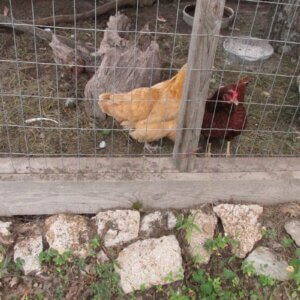
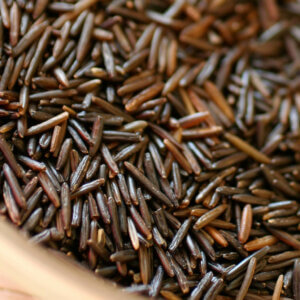

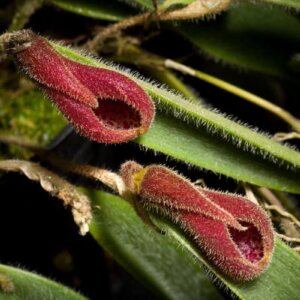
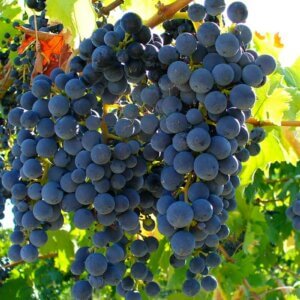

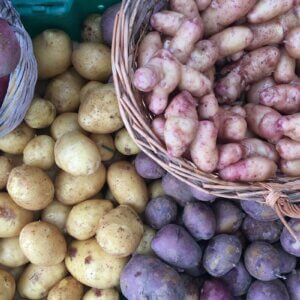
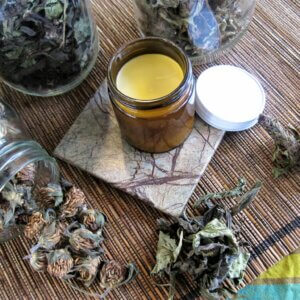
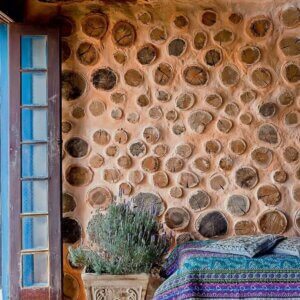
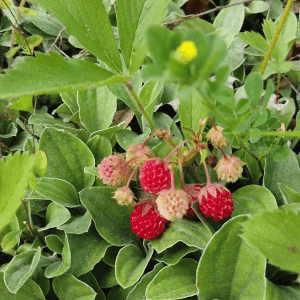
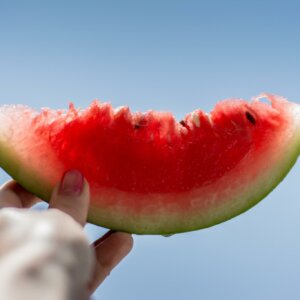
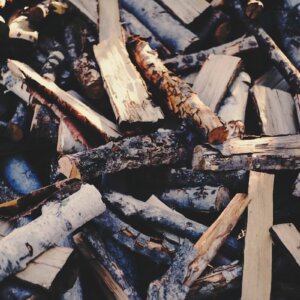

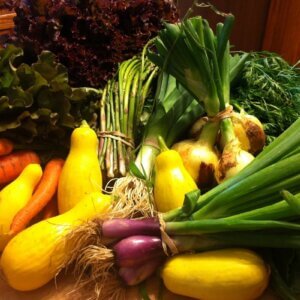
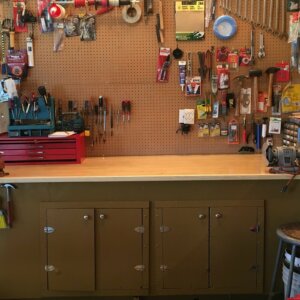
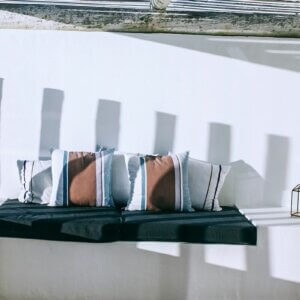
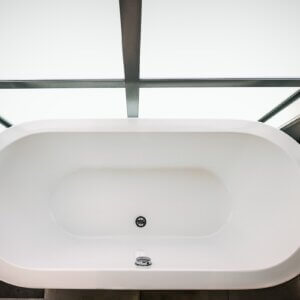
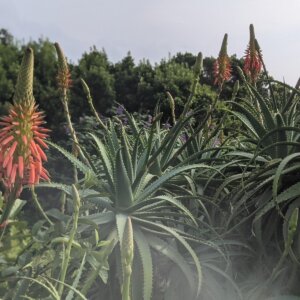
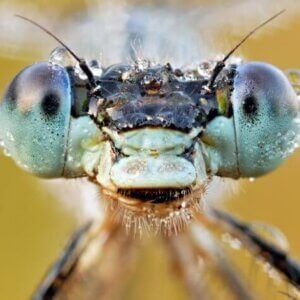

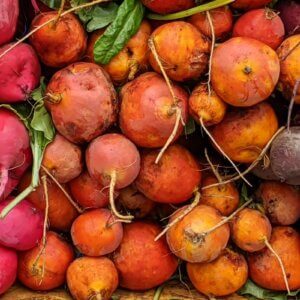
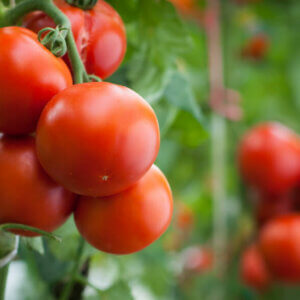
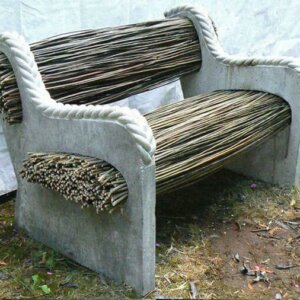

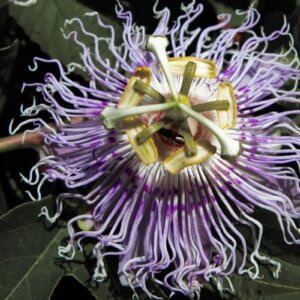
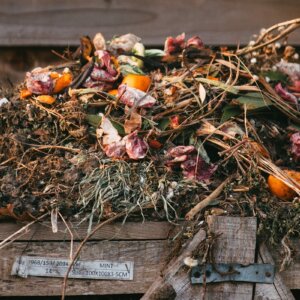
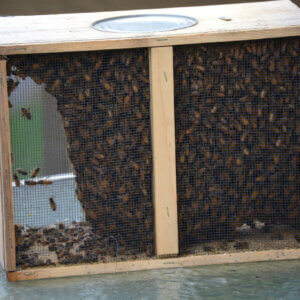

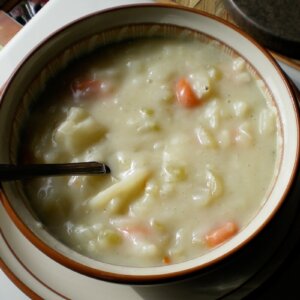
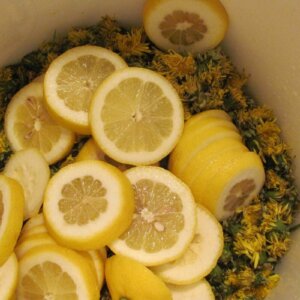

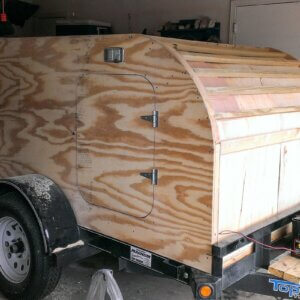
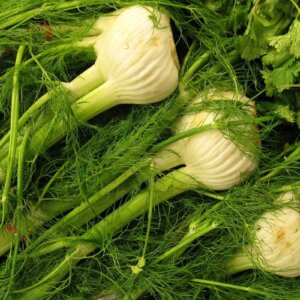
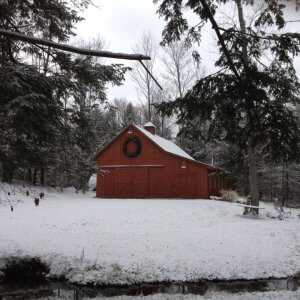
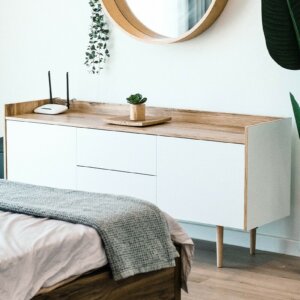
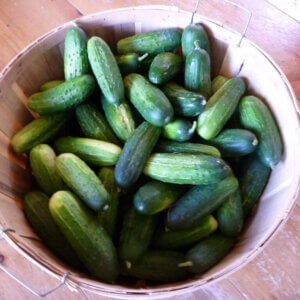




Leave a Reply